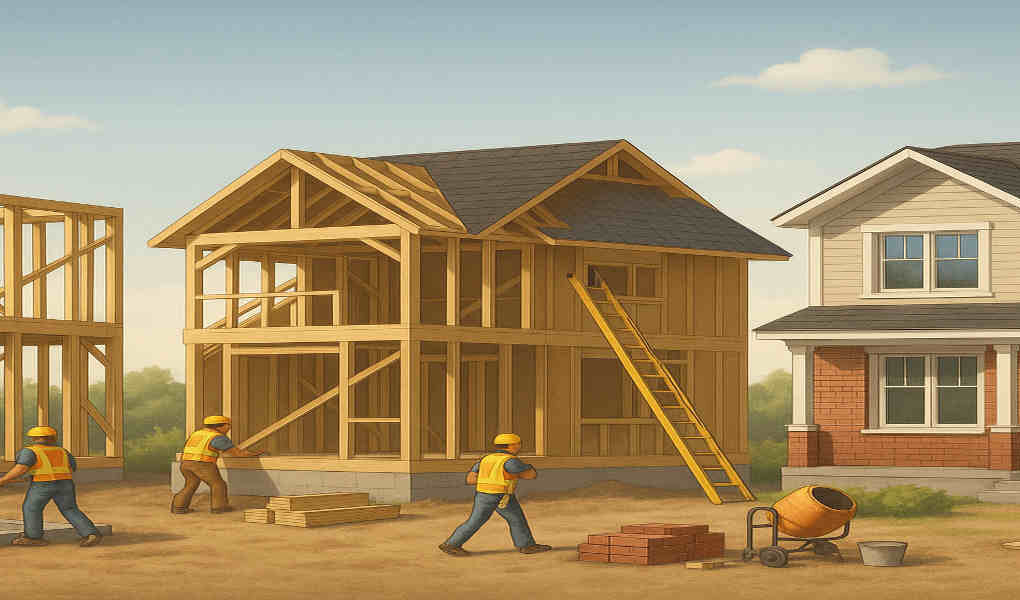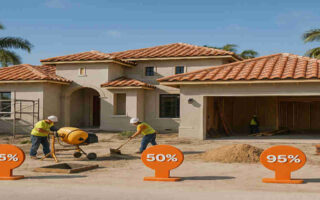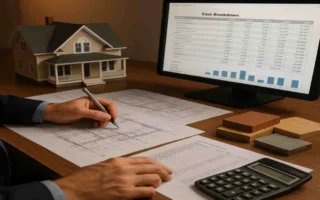Building a house is an exciting journey, but one of the most common questions prospective homeowners ask is: how long does it take to build a house? The answer isn’t always straightforward, as construction timelines can vary significantly depending on factors such as design complexity, location, weather, and the efficiency of contractors. In this article, we’ll explore the typical stages of home construction, what influences the timeline, and realistic expectations you should have when planning your dream home. Whether you’re considering a custom build or a more standard design, understanding the process can help you prepare better and avoid surprises along the way.
Factors that Affect the Timeline of Building a House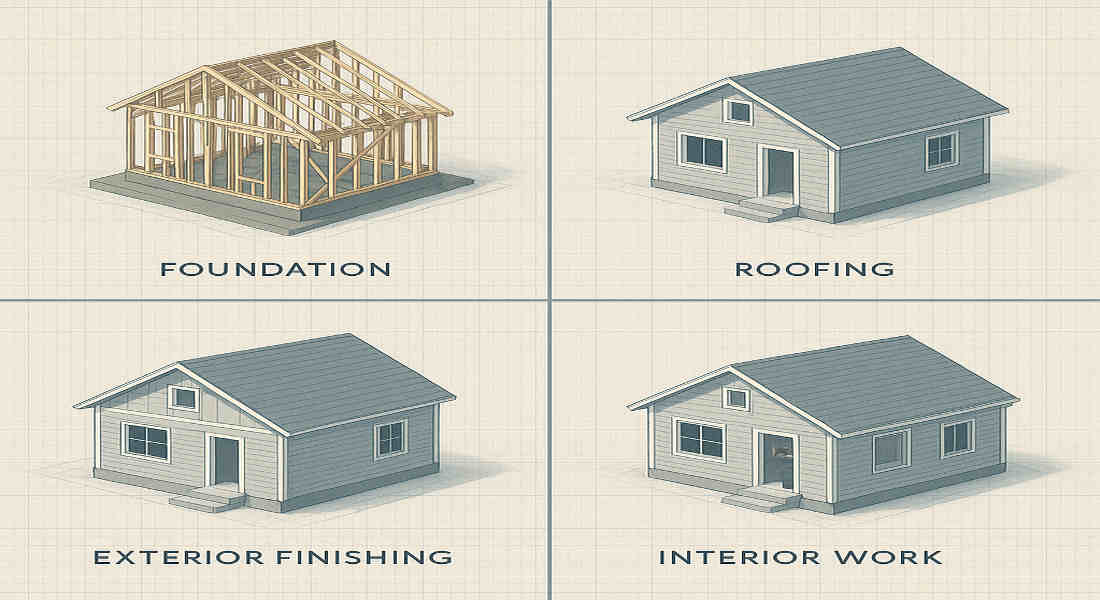
Several key factors influence how long it takes to build a house. One of the most significant is location. Different regions have varying building codes, weather conditions, and labour availability, which can either speed up or slow down construction.
The complexity of the design also plays a vital role. A more intricate architectural plan may require additional time for skilled labour and specialized materials compared to a simpler model.
Permitting processes are another crucial aspect. Obtaining necessary permits can be time-consuming, especially in areas with strict regulations.
Material availability impacts timelines, too. Supply chain issues or shipping delays can halt progress on-site until all necessary materials arrive as planned. Understanding these elements helps set realistic expectations for your home-building journey.
The Planning Stage: What to Expect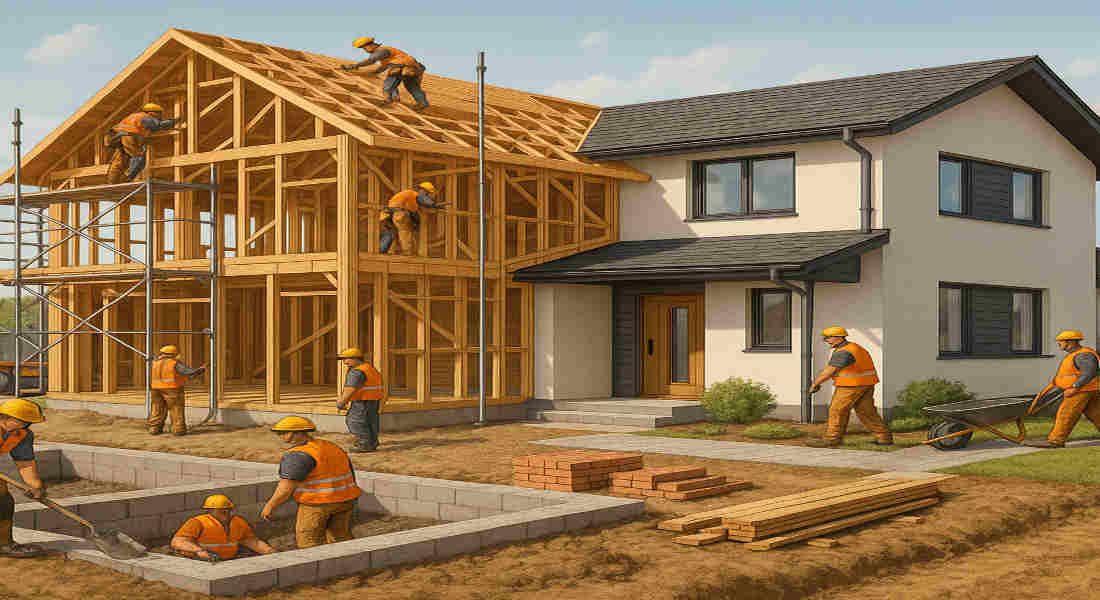
The planning stage is crucial when exploring how long it takes to build a house. This phase typically begins with discussions about your vision and budget.
During this time, you’ll collaborate with architects and designers to finalize blueprints. Each detail matters, from the layout of rooms to energy-efficient features.
Permits are another vital consideration. Acquiring necessary permits can vary based on location and regulations, adding weeks or even months to your timeline if not managed promptly.
You should also think about securing financing during this period. Lenders may require detailed plans before approving loans.
Choosing a reliable contractor early in the process can save you headaches later on. Their experience will help guide decisions that keep the project moving forward smoothly.
Expect this stage to take anywhere from a few weeks to several months, depending on complexity and local requirements. Patience now sets the foundation for everything that follows.
You may also read (a step by step guide to building a house in laos).
The Construction Phase: Step-by-Step Process
The construction phase is where your vision starts to take shape. It begins with site preparation. Excavation and grading set the foundation for everything that follows.
Next, the foundation is poured. This critical step ensures stability and durability. Once it cures, framing takes place, marking the outline of your home.
After framing, contractors install windows and roofing systems. These elements protect against weather while allowing natural light to spill in.
With the exterior done, it’s time for plumbing and electrical work. Skilled tradespeople ensure everything meets safety standards before walls are closed up.
Insulation follows next—keeping your future home energy-efficient and cozy during all seasons.
Drywall installation transforms raw spaces into rooms ready for finishing touches, such as flooring, painting, and cabinetry—a thrilling moment when you see your design come alive!
Common Delays and How to Avoid Them
Delays in building a house can be frustrating. Various factors contribute, but some are more common than others.
Weather conditions often disrupt schedules. Heavy rain or snow can halt construction entirely. It’s wise to check seasonal forecasts before planning the build.
Securing the necessary approvals can take time and varies by location. Engaging with local authorities early in the process helps streamline this aspect of the process.
Supply chain disruptions also pose challenges. Materials may take longer to arrive due to shortages or transportation issues. Establishing relationships with multiple suppliers ensures alternatives are available when needed.
Labour shortages can also lead to significant delays. Skilled workers may be hard to find, especially during peak seasons. Consider hiring contractors well in advance and ensure they have sufficient crew members to meet your project’s demands.
Effective communication with all parties involved keeps everyone aligned and reduces misunderstandings that could lead to setbacks.
You may also read (does a house built in 1986 likely have asbestos).
Tips for Speeding Up the Building Process
To expedite the building process, begin with clear communication. Regular updates between all stakeholders can prevent misunderstandings that lead to delays.
Next, opt for a pre-approved design. Selecting a plan that complies with local regulations can save time during the permitting process.
Consider hiring an experienced contractor. Their familiarity with common issues will help streamline decision-making and execution.
Using high-quality materials also plays a role. Investing in durable options reduces the likelihood of rework or repairs later on.
Stay flexible with timelines. Weather is unpredictable, so having backup plans helps maintain momentum when unexpected events occur.
Create a detailed schedule and stick to it as closely as possible. This keeps everyone aligned and accountable throughout the project duration.
Costs and Budget Considerations in Building a House
Building a house is an exciting journey, but it comes with its own set of financial challenges. Understanding costs and budgeting effectively is crucial for keeping the project on track
Start by determining your overall budget. This includes not only construction costs but also land purchase, permits, and utility connections. Be sure to factor in additional expenses, such as landscaping and interior furnishings.
On average, building a house can cost anywhere from $100 to $200 per square foot or more, depending on the location and materials used. Customizations will often significantly increase this figure. It’s smart to get multiple quotes from contractors so you can compare prices accurately.
Don’t forget about contingencies! Setting aside 10-15% of your total budget as a buffer for unexpected expenses is a wise move. This way, you won’t be caught off guard by surprises that could delay your timeline.
Maintain open communication with your builder throughout the project to ensure a smooth process. Regular updates on spending will help ensure you’re staying within budget while moving forward smoothly with construction activities.
Understanding these financial considerations allows you to plan better and reduces stress during the home-building process. With careful planning and execution, you’ll find that constructing your dream home may take time—but it’s worth every moment invested.
You may also read (understanding wet vents a home plumbing guide).

